1. Alaska’s Denali National Park
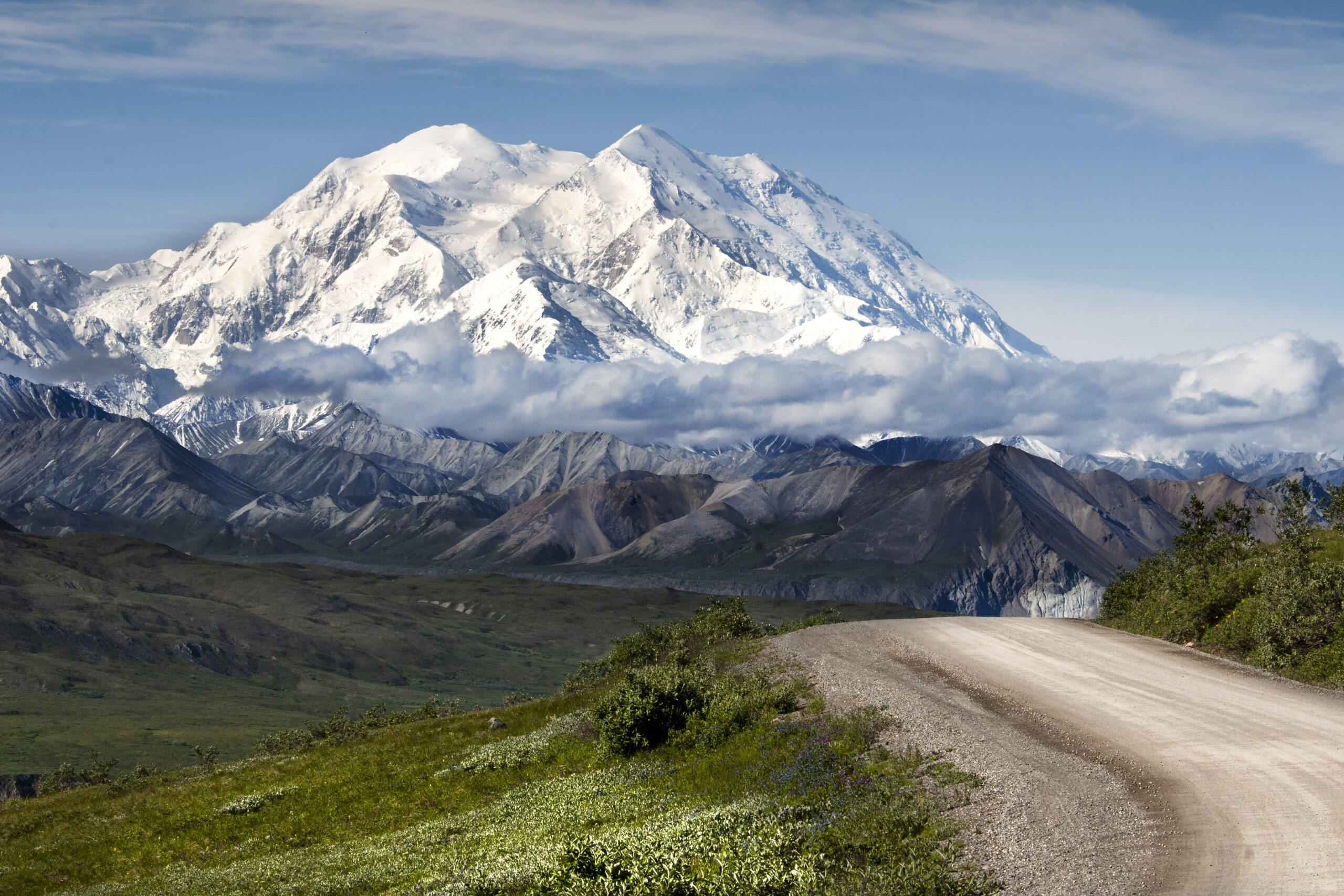
Denali National Park is considered one of the best locations in the U.S. for wildlife photography, offering an untouched wilderness experience where wildlife roams freely in its natural environment. The park, home to grizzly bears, moose, caribou, and wolves, is known for its vast landscapes and minimal human interference. According to National Park Photographer, wildlife photographers appreciate Denali’s remote location, which allows animals to behave naturally without the stress of human presence. The lack of overcrowding makes it possible to capture animals in their purest form without the fear and agitation caused by tourists.
The park’s restrictive visitor policies, including limiting the number of cars on certain roads and requiring guided tours for certain areas, ensure that wildlife has the space it needs to thrive. For wildlife photographers, this controlled access means that the animals can be observed without the disruptive noise or distractions that typically come with crowded tourist sites. The serene environment of Denali allows for long, uninterrupted photography sessions, making it a paradise for anyone looking to document wildlife in an unspoiled setting.
2. Wyoming’s Grand Teton National Park
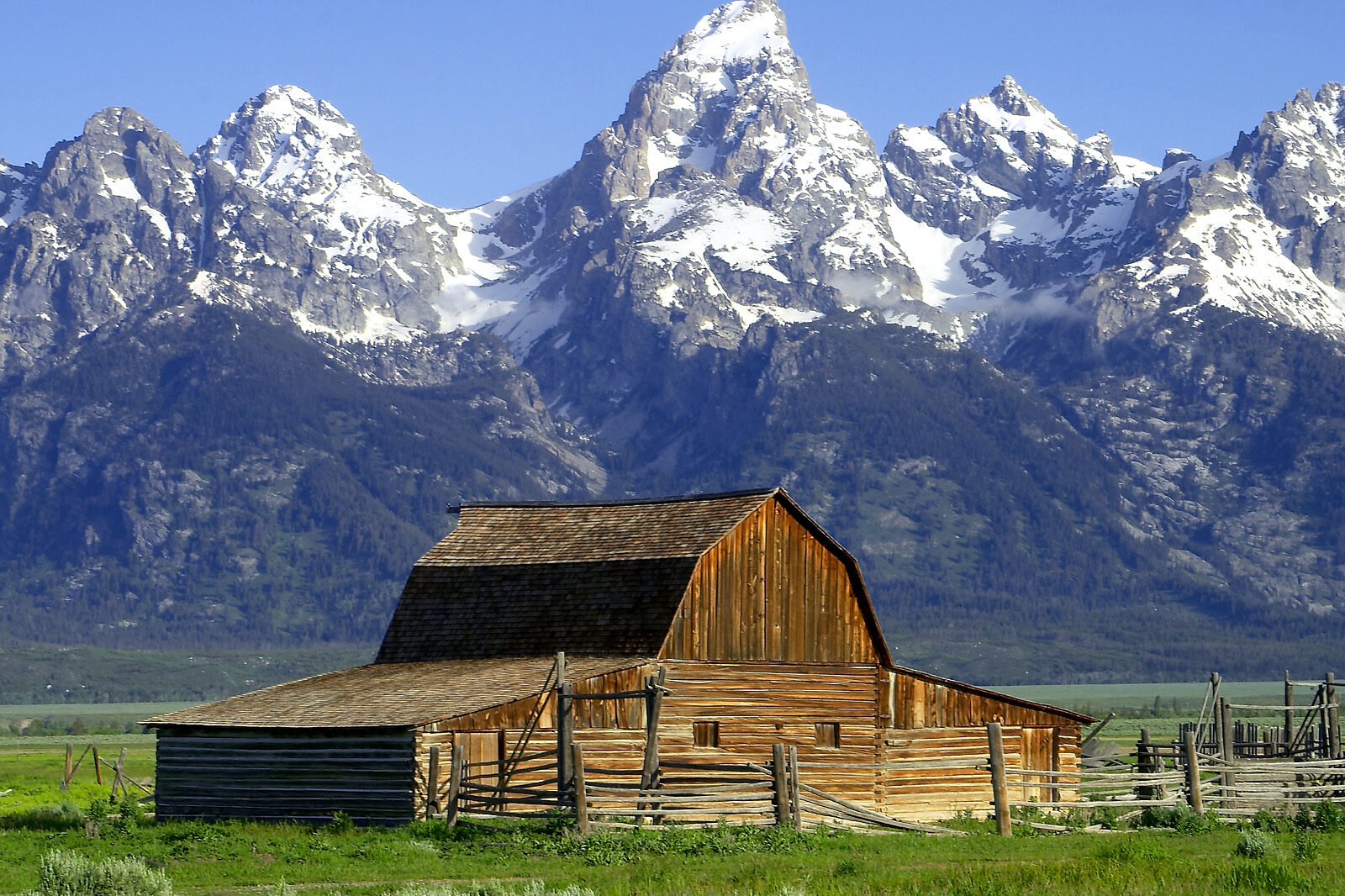
Grand Teton National Park is another incredible spot for wildlife photography, especially for those seeking images of bison, elk, moose, and bears. According to Jess Lee Photography, the park is often described as one of the best places to witness wildlife in the wild without the crowds that would otherwise disrupt natural behaviors. The park’s diverse terrain, from lakes to alpine forests, provides abundant wildlife habitats. Wildlife photographers flock to Grand Teton for its dramatic backdrops, from jagged peaks to vast meadows, and the ability to capture animals in their natural settings.
The park is also less commercialized than other national parks, which means there is a more significant focus on conservation and minimizing human impact on wildlife. The relatively small number of visitors allows animals to interact with the environment naturally. Since much of the park’s wildlife can be found in areas that are less accessible to tourists, wildlife photographers are often able to take photos of these creatures without the distractions of crowds. This balance between accessibility and conservation makes Grand Teton one of the best spots for capturing wildlife in its most natural state.
3. Montana’s Glacier National Park
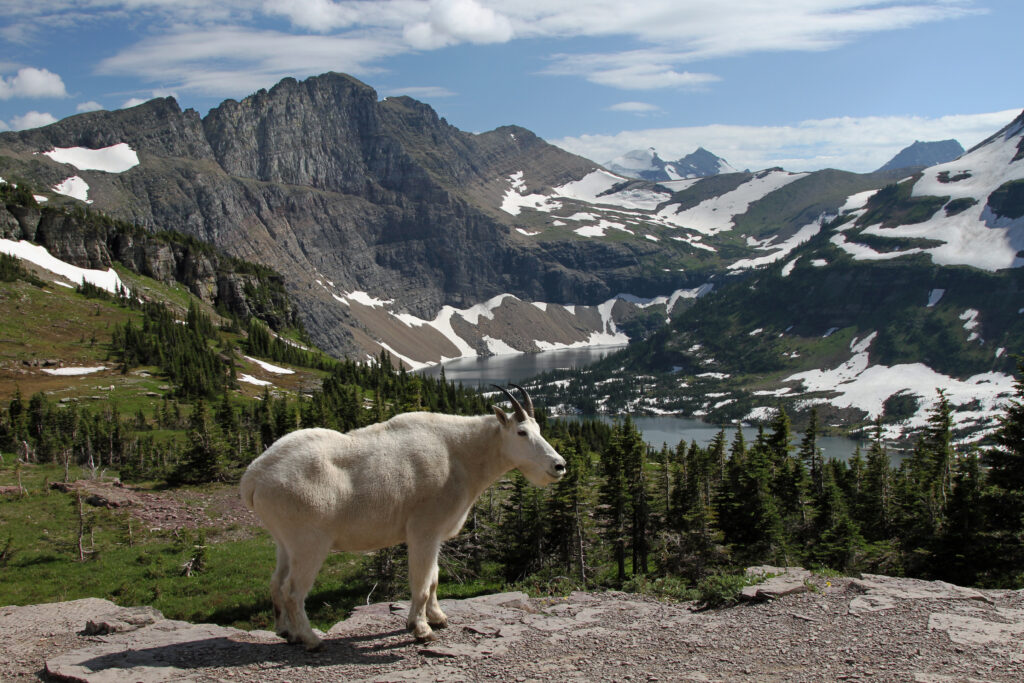
Glacier National Park is often hailed as one of the most pristine locations for wildlife photography in the U.S., offering unparalleled opportunities to photograph animals such as mountain goats, bighorn sheep, black bears, and various species of birds. The park’s remote location and rugged terrain allow wildlife to thrive without the constant threat of human disturbance. According to Glacier National Park Travel Guide, Glacier’s reputation for being less crowded compared to other national parks means that wildlife encounters are more intimate, allowing photographers to capture moments of animals in action.
Due to the park’s strict regulations and its efforts to preserve its ecosystems, it remains a peaceful sanctuary for animals, making it an excellent location for documenting wildlife in their natural habitats. Photographers love the park’s incredible variety of landscapes that provide a beautiful backdrop for their subjects. Whether it’s a bear fishing in a river or a bighorn sheep climbing a mountain peak, Glacier offers the kind of photo opportunities that result from a perfect balance of seclusion and natural beauty.
4. South Carolina’s Congaree National Park
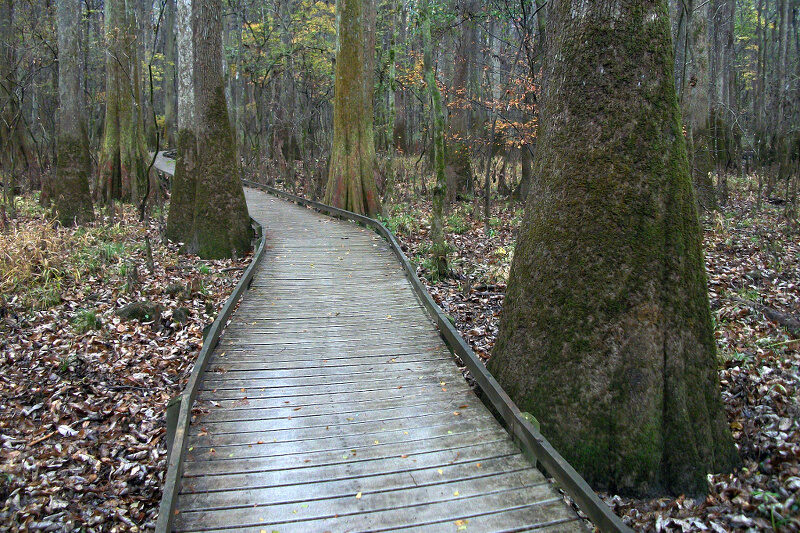
Congaree National Park, located in South Carolina, is a hidden gem for wildlife photographers, particularly for those interested in capturing swamp ecosystems. This park is home to a diverse range of animals, including white-tailed deer, otters, raccoons, and various bird species. The park’s less-populated status makes it a prime location for photographers looking to get close to wildlife without the distraction of large crowds. The lush forests, rivers, and wetlands provide excellent natural habitats, where animals thrive in their untouched environment.
The remote and peaceful nature of Congaree means that photographers often have the opportunity to capture candid moments of wildlife behavior that would be hard to find in more heavily trafficked parks. The lack of human presence allows photographers to capture species in ways that feel authentic and free from the stress of constant human interaction. In addition, the park’s dedication to preserving its ecosystems further enhances the overall wildlife experience, making it a must-visit location for those passionate about wildlife photography.
5. Oregon’s Crater Lake National Park

Crater Lake National Park, known for its breathtaking scenery and crystal-clear waters, is an excellent location for wildlife photographers looking for a peaceful environment where animals roam freely. The park is home to a variety of species, including deer, coyotes, elk, and black bears, as well as numerous birds like the peregrine falcon. The area is not overcrowded, which allows photographers to enjoy quiet, undisturbed moments with wildlife. With the majestic backdrop of Crater Lake, photographers can create dramatic images of animals in their natural environment.
The park’s commitment to limiting access to sensitive areas further helps to preserve the delicate ecosystem, ensuring that wildlife is not negatively impacted by human activities. This, coupled with the relatively low number of visitors, provides wildlife photographers with an opportunity to capture rare moments of wildlife behavior, whether it’s a deer grazing by the lake or a bear foraging in the forest. The combination of solitude and natural beauty makes Crater Lake a top choice for those seeking to capture authentic wildlife photographs.
6. Florida’s Everglades National Park

The Everglades National Park is one of the most iconic wildlife destinations in the U.S., offering a wealth of opportunities for photographers. The park’s unique ecosystem, which includes mangrove forests, sawgrass marshes, and freshwater sloughs, supports a wide variety of species, including alligators, panthers, manatees, and migratory birds. While the park can get busy, the Everglades are so expansive that photographers can often find areas of seclusion to capture animals in their natural habitats.
Wildlife photographers appreciate the Everglades for its rich biodiversity and the diversity of wildlife that can be observed throughout the year. Due to its extensive protected areas, the park offers a more authentic wildlife experience compared to other heavily commercialized destinations. Although the park does attract tourists, the vastness of the area means that photographers can still enjoy quiet moments and photograph wildlife without feeling rushed or disrupted by crowds.
7. Arizona’s Grand Canyon National Park
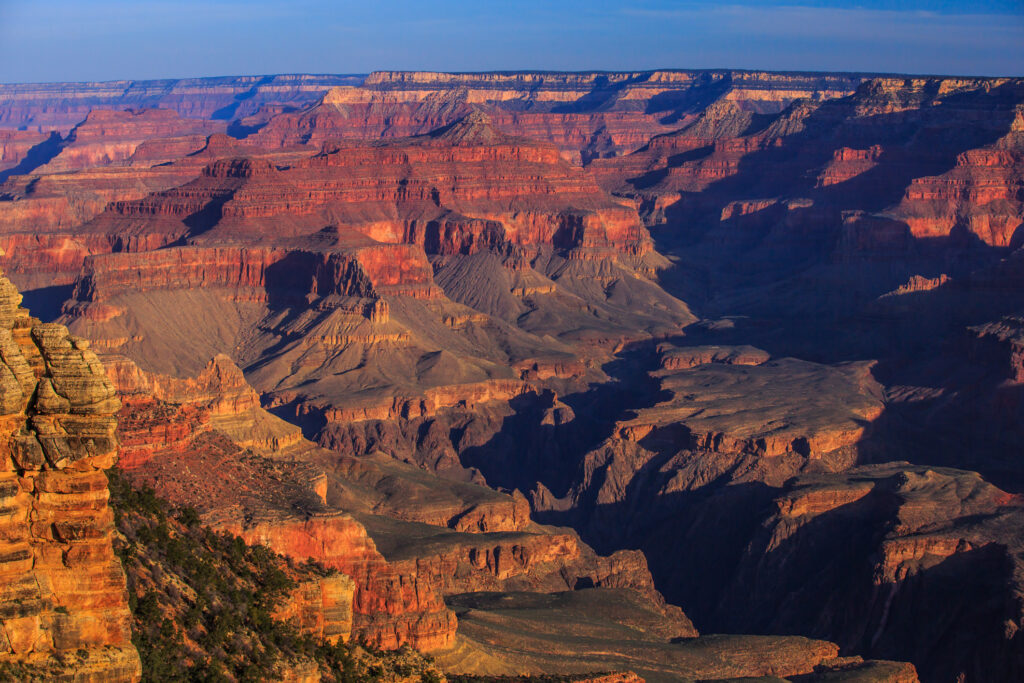
While the Grand Canyon is primarily known for its stunning geological formations, it is also a fantastic location for wildlife photography. The park is home to many species, including California condors, mountain lions, and bighorn sheep. The park’s vast size and rugged terrain allow wildlife to remain undisturbed, providing excellent opportunities for photographers to capture animals in their natural habitats. Despite the popularity of the park, certain areas are less frequented by tourists, allowing wildlife photographers to explore the less crowded corners of the canyon.
The Grand Canyon’s diverse environments, from the Colorado River to the forested plateaus, create a variety of habitats that attract different types of wildlife, making it an excellent place for photographers looking to diversify their portfolios. While some areas of the park can be busy, the expansive landscapes and various hiking trails give photographers ample opportunities to find solitude and focus on their subjects. The mix of natural beauty and wildlife makes the Grand Canyon a standout destination for nature photographers.
1. California’s Yosemite National Park
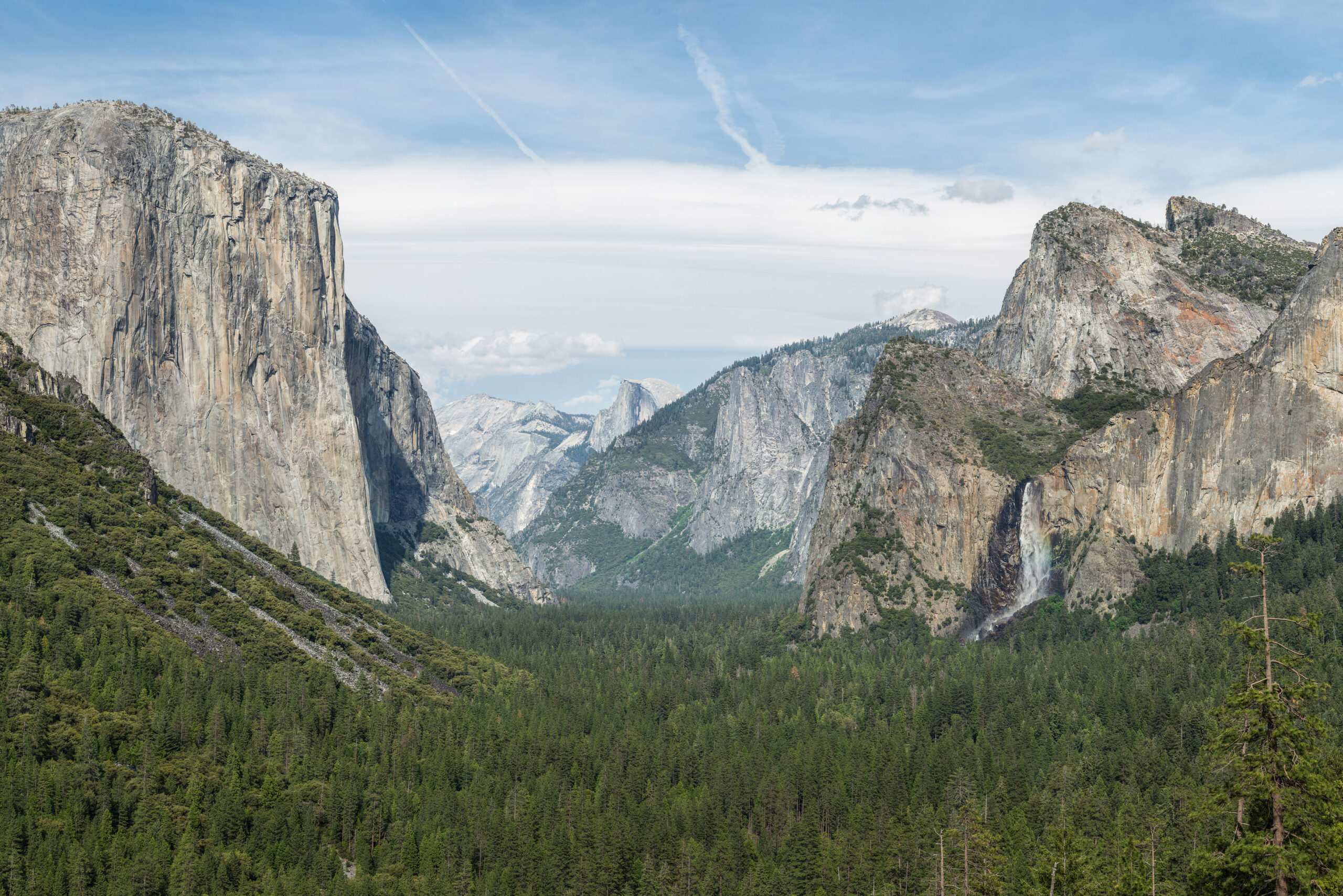
Yosemite National Park, known for its dramatic landscapes and majestic waterfalls, is one of the most famous national parks in the U.S. However, its overwhelming popularity has led to severe overcrowding, especially during the peak summer months. The number of tourists in the park causes significant stress to wildlife, leading many animals to retreat to more remote areas, away from human activity. Photographers often struggle to capture wildlife in natural settings due to the constant presence of tourists, creating distractions for both animals and photographers.
The influx of visitors has resulted in the destruction of habitats and increased human-wildlife conflicts. This makes Yosemite less ideal for photographers seeking authentic wildlife experiences. According to the National Park Service, while the park is home to a variety of species, the overcrowded conditions mean that many animals are forced to hide or become less active during the day. Despite its beauty, Yosemite’s popularity has compromised its effectiveness as a wildlife photography destination.
2. Florida’s Key West
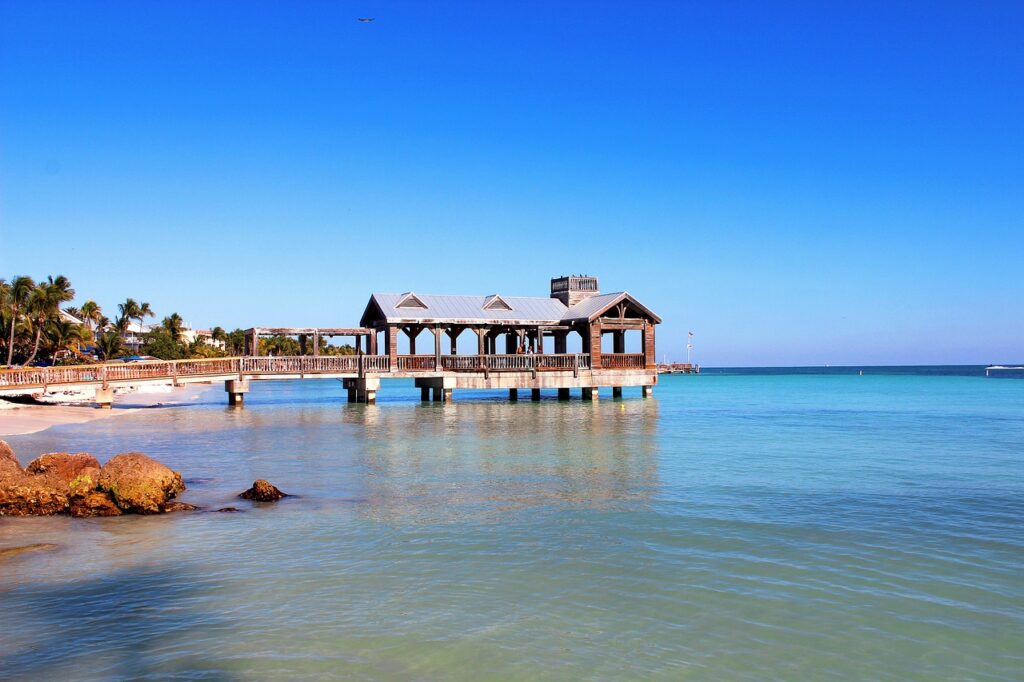
Key West, famous for its vibrant nightlife and tropical scenery, is a popular tourist destination that unfortunately disrupts the natural behaviors of local wildlife. Despite its stunning surroundings, the heavy presence of tourists causes significant stress to the area’s wildlife, particularly the migratory bird species that rely on the island’s habitat for rest and nourishment. Wildlife photographers often struggle to capture unspoiled images as the birds and other animals are driven away by the constant noise and disturbance.
The overcrowding in Key West leads to environmental degradation, with tourists frequently encroaching on sensitive wildlife areas. As noted by the Florida Museum, urban development and water pollution have further impacted the area’s ecosystems, making it harder for wildlife to thrive. As a result, animals such as sea turtles and shorebirds are often unable to engage in their natural behaviors, such as nesting or foraging. For photographers seeking quiet moments in nature, Key West can be a frustrating location where animals are too skittish to photograph effectively.
3. Wyoming’s Jackson Hole
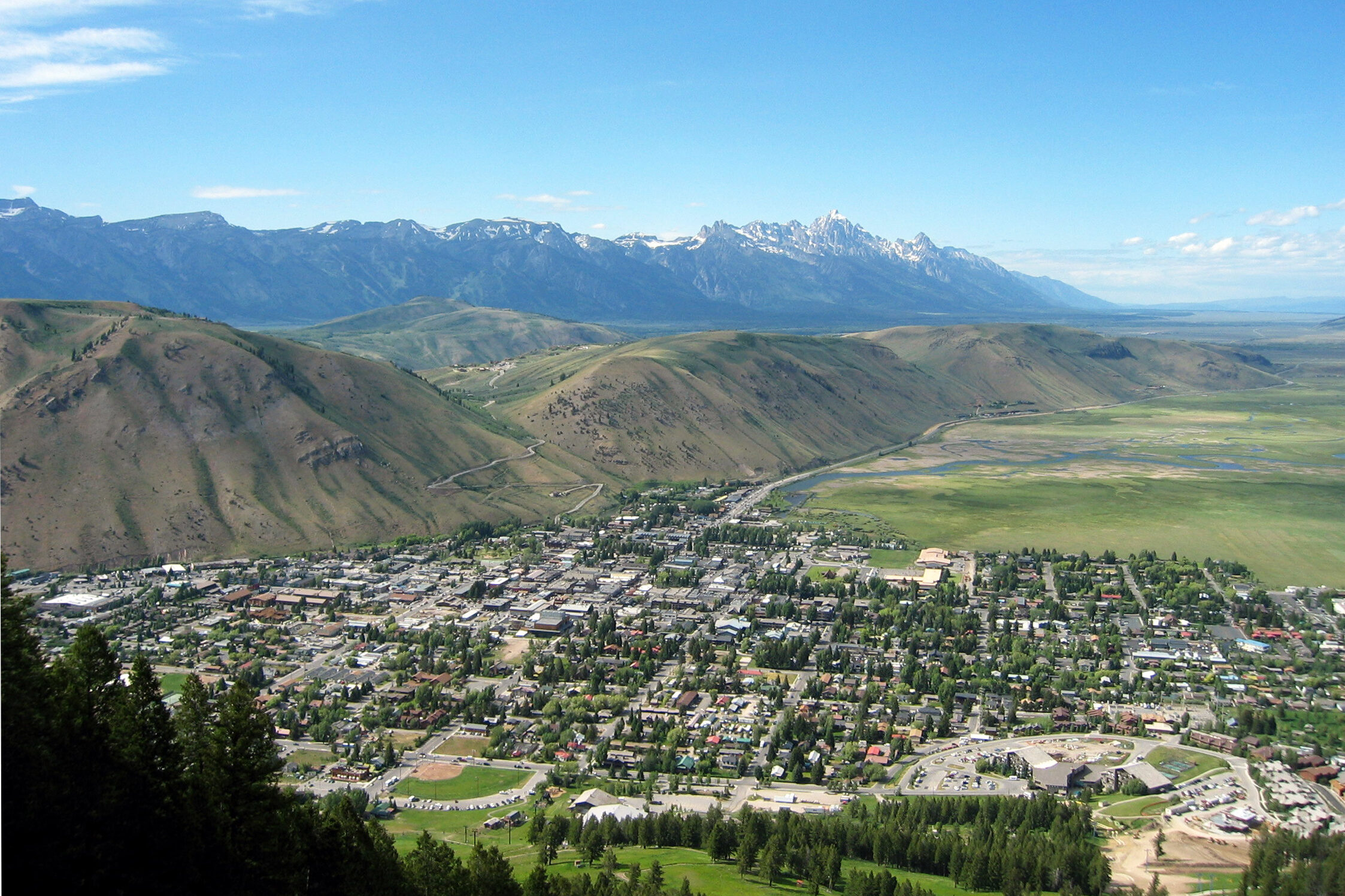
Jackson Hole, while known for its beautiful scenery and opportunities for wildlife viewing, has been heavily impacted by overcrowding, particularly during the winter season. The area’s popularity as a ski resort and tourist destination means that wildlife, such as elk, bison, and wolves, often retreat into more isolated areas, away from human activity. This disruption of natural behaviors makes Jackson Hole less than ideal for capturing wildlife in its purest form.
Photographers who visit Jackson Hole during peak seasons find that the animals are more likely to hide from tourists, making it difficult to get close-up shots. The busy nature of the town and its surrounding areas means that wildlife encounters are less authentic, and animals are often seen in highly altered environments. The noise and traffic make it challenging to observe animals in a way that captures their natural essence, leading many photographers to seek out more secluded spots.
4. Hawaii’s Waikiki Beach
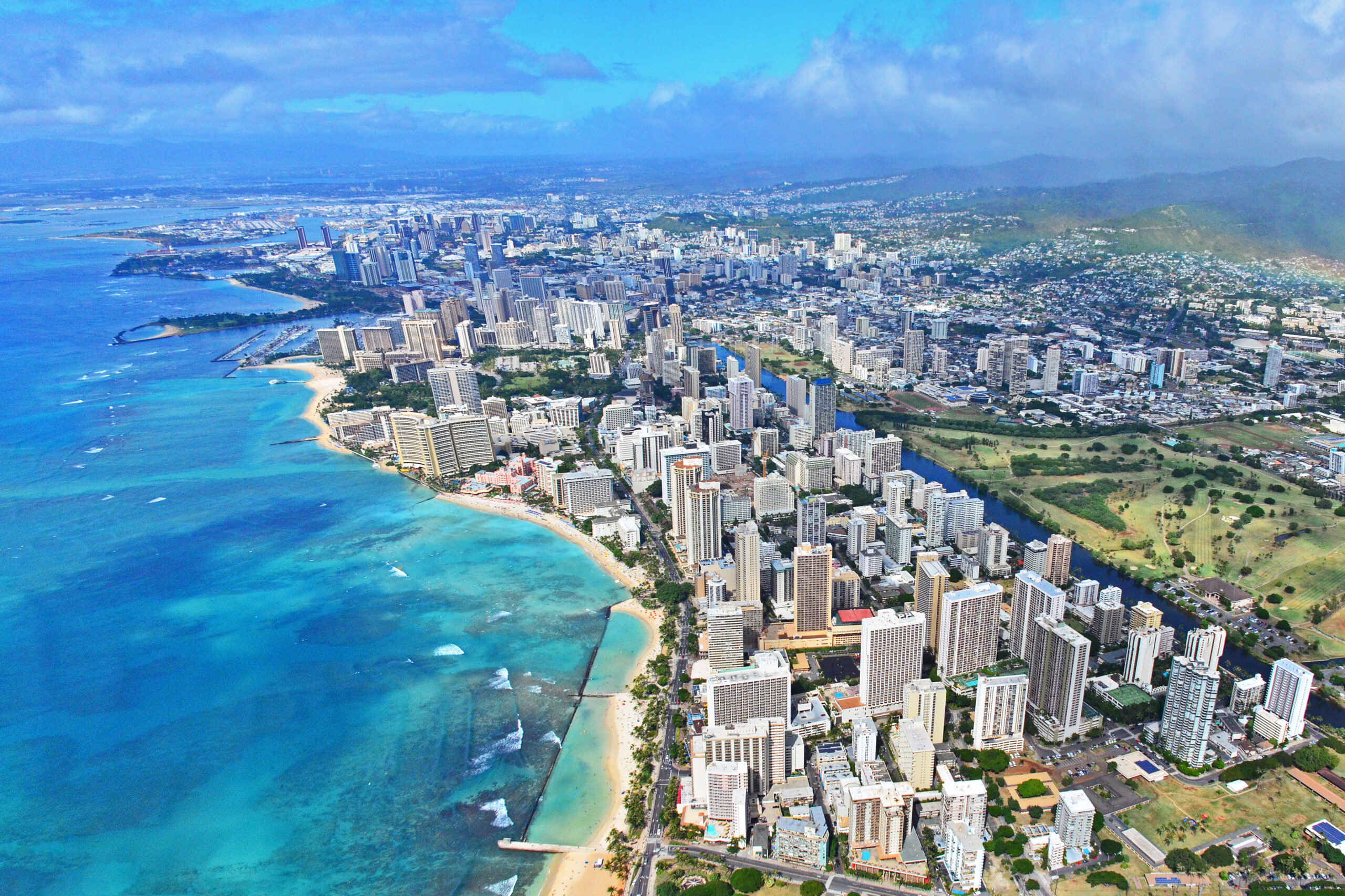
Waikiki Beach, famous for its crystal-clear waters and stunning sunsets, has become a major tourist hub in Hawaii, which has had adverse effects on the local wildlife. Coral reefs, home to various marine species, are heavily impacted by the crowds, and many fish and sea turtles are forced to leave the area due to the constant presence of swimmers and boats. Wildlife photographers attempting to capture marine life in Waikiki often find that the sheer number of visitors makes it difficult to obtain undisturbed shots.
The increased human activity in the area has led to the degradation of coral reefs, which in turn affects the animals that rely on these ecosystems for shelter and food. Despite its beauty, Waikiki Beach has become too crowded to offer an authentic wildlife photography experience, with many species avoiding the area altogether.
5. New York’s Central Park
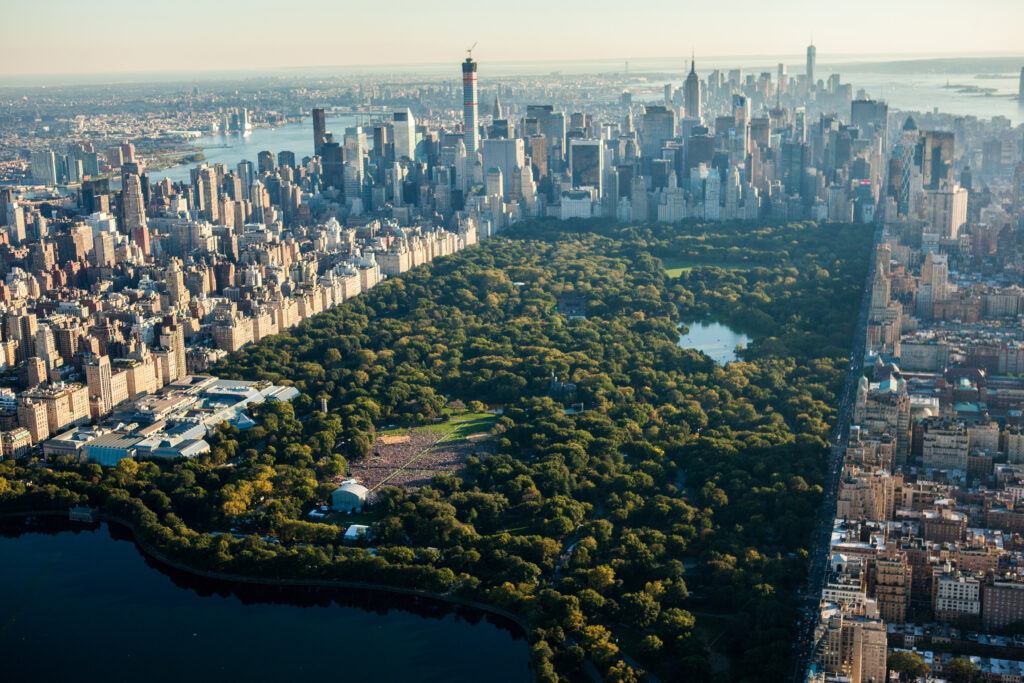
While Central Park in New York City is a popular location for birdwatching, it suffers from overcrowding, especially during peak tourist seasons. The large number of visitors creates disturbances for birds and other wildlife that are not accustomed to so much human activity. Many species, such as migratory birds, are often frightened away, making it difficult for photographers to capture the natural beauty of these animals in an urban setting.
Although Central Park offers a surprising amount of green space in the middle of Manhattan, the sheer number of people visiting every day makes it less than ideal for wildlife photography. The park’s heavy traffic, noise, and presence of pets make it hard to photograph wildlife in a peaceful and undisturbed manner, leading many photographers to seek quieter, less populated areas to capture their subjects.


